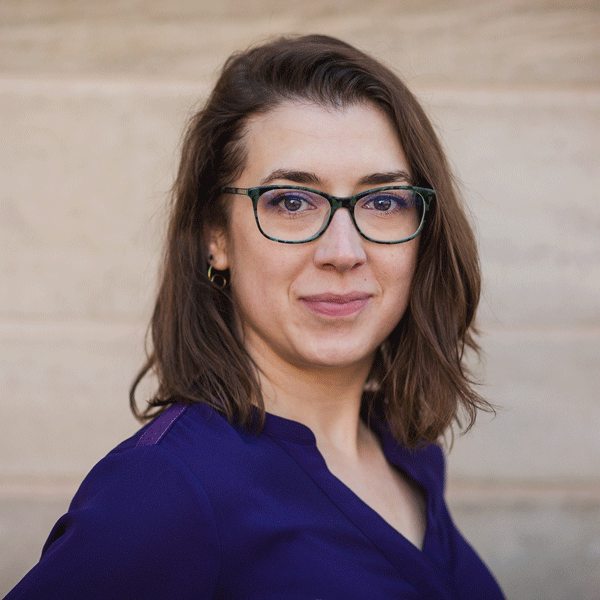Colorado College Assistant Professor of Physics Natalie Gosnell ’08 has been awarded a $26,695 grant from the Space Telescope Science Institute to support her work on the project, “Blue Lurkers: Low-Mass Blue Stragglers and the Stability of Mass Transfer.” The project is an international collaboration among eight astrophysicists led by Robert Mathieu at the University of Wisconsin – Madison. The STScI is an independent institute established by NASA to provide long-term guidance and support for the Hubble Space Telescope.
Gosnell says using data from the Hubble Space Telescope, the researchers will carry out photometric analysis of eight main sequence stars they believe recently went through mass transfer, which is where one star gives over its matter to its main sequence companion.
“This process leaves behind the core of the donor star, referred to as a white dwarf. If we detect any white dwarf companions, we will carry out photometric modeling to estimate the age of the white dwarf, which sets a timeline on the mass transfer process and constrains the properties of the original donor star,” she says. “Knowing the type of donor star will allow us to determine if the mass transfer process was stable or a runaway effect.”
Gosnell recently was named a Cottrell Scholar, with the accompanying $100,000 award from the private Research Corporation for Science Foundation supporting the physical sciences. The award will allow her to expand her existing astrophysics research program to investigate how magnetic fields impact stellar evolution.
Gosnell graduated cum laude from CC with a degree in physics and went on to receive her Ph.D. in astronomy with a minor in physics from the University of Wisconsin-Madison in 2014. Previously she was the W. J. McDonald Postdoctoral Fellow at the University of Texas at Austin before joining the CC faculty in 2017.
Between 2017-20 Gosnell received a total of $72,300 from NASA. That funding supported her work on a project called “Clusters with K2: Systematics from Membership and Binarity.” The NASA grant is in conjunction with telescope time awarded on the WIYN 3.5m telescope at Kitt Peak National Observatory in Arizona. Gosnell’s team gathered spectra of hundreds of stars in two different open clusters with the goal of determining which stars are members of the cluster, rather than sitting in front of or behind the cluster, and which stars are in binary systems.



